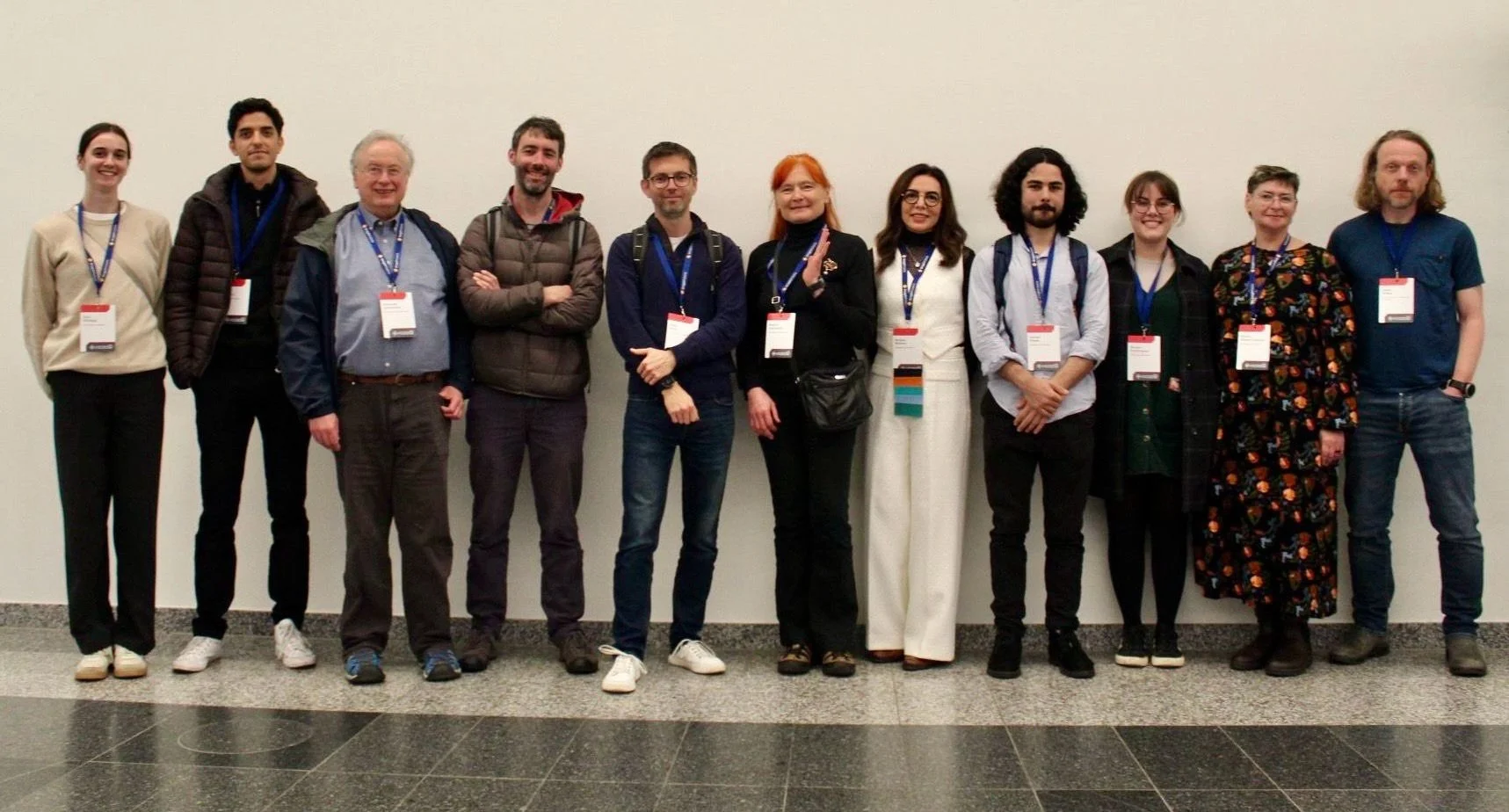2025 has been an exceptionally strong year for the giCentre — quite possibly one of our best yet.
We were delighted to welcome three new colleagues to the team: Narges, Ali, and Alexis, whose expertise and energy have already made a real impact.
This year also marked the official launch of the Centre for Doctoral Training in Diversity in Data Visualisation (CDT). The first cohort of students has arrived, and the programme is now fully up and running. This has been made possible by the outstanding work of Jason and Jo, who have led the CDT from vision to reality. You can read more about it here: https://diverse-cdt.ac.uk/
On the research front, we published more than 25 papers, celebrated the graduation of two students, and secured three new grants — achievements that reflect the strength and breadth of our work.
We also had a strong presence at IEEE VIS 2025, showcasing our research and engaging with the wider visualisation community.
All in all, 2025 has been an outstanding year for the giCentre, and we’re excited about what lies ahead.





